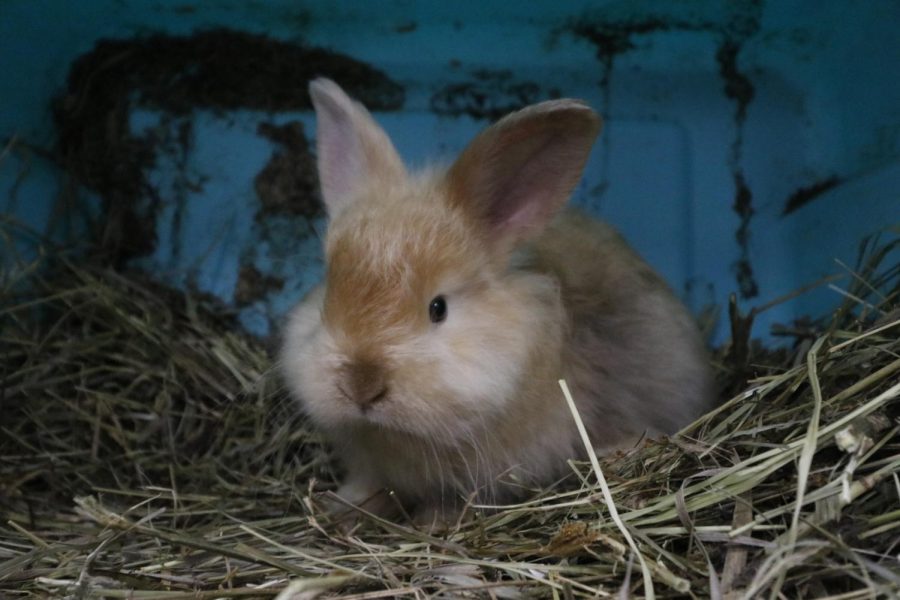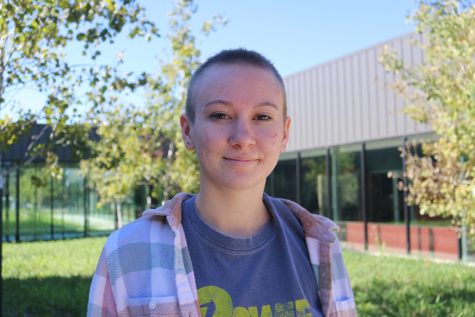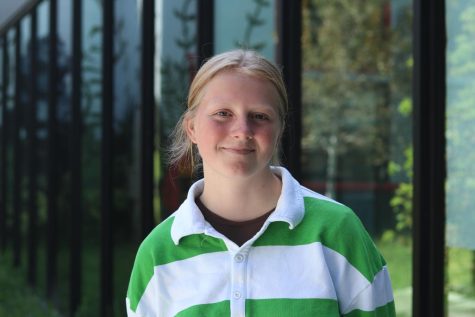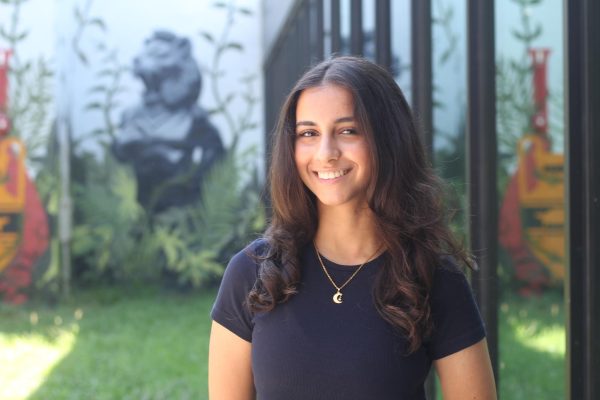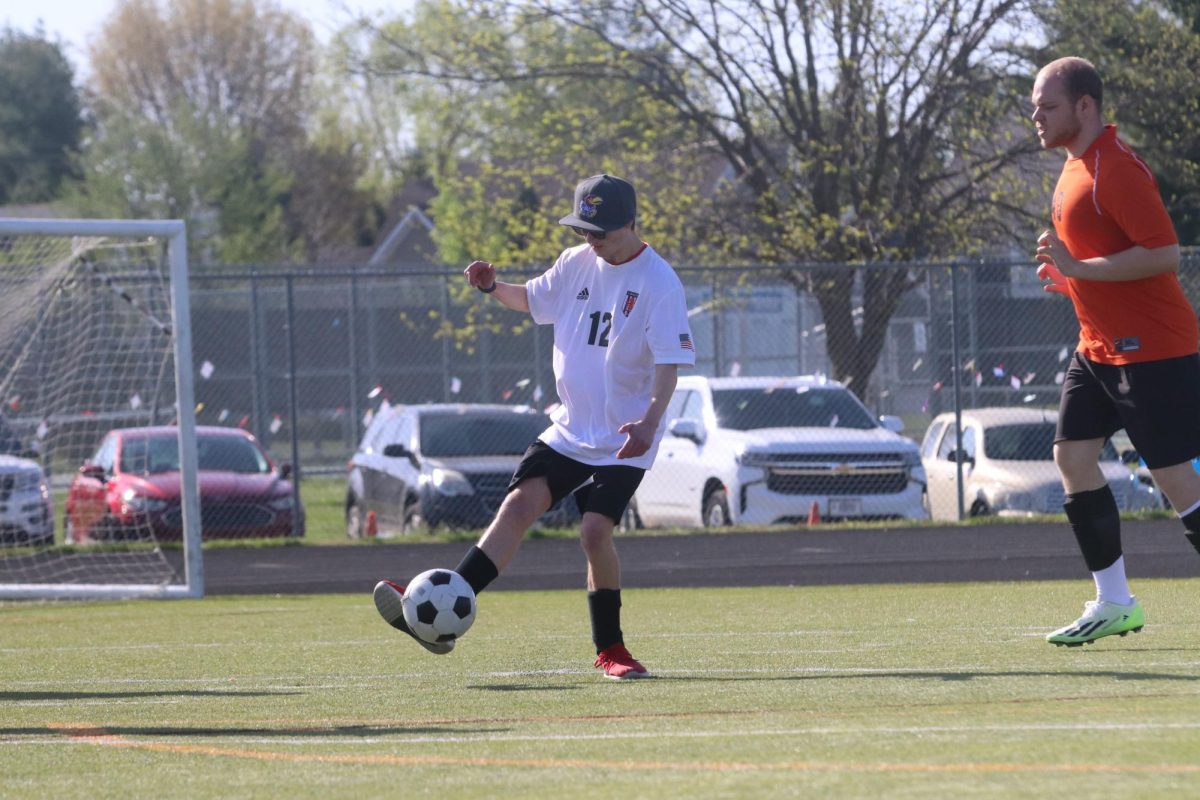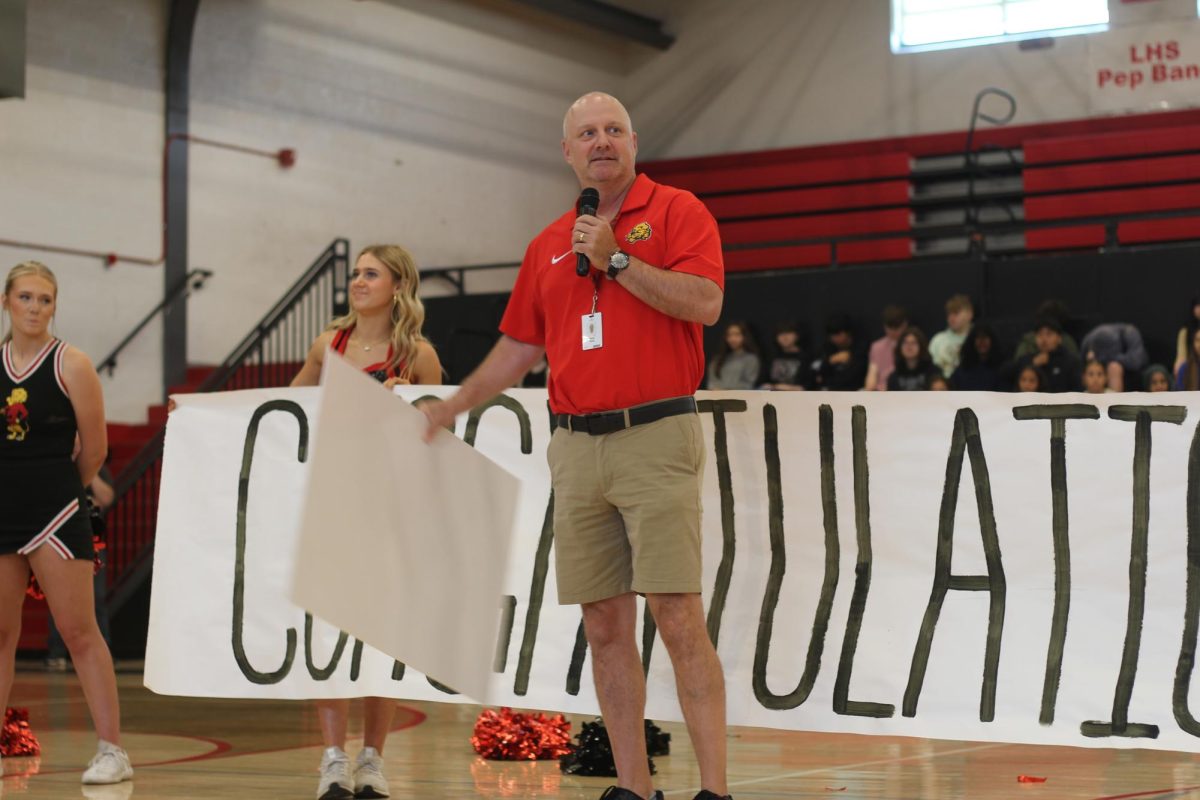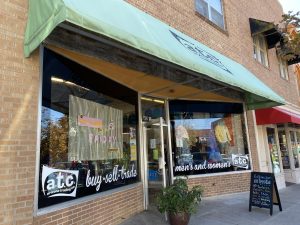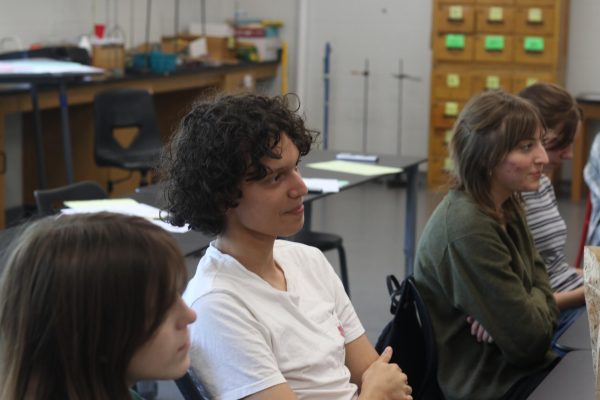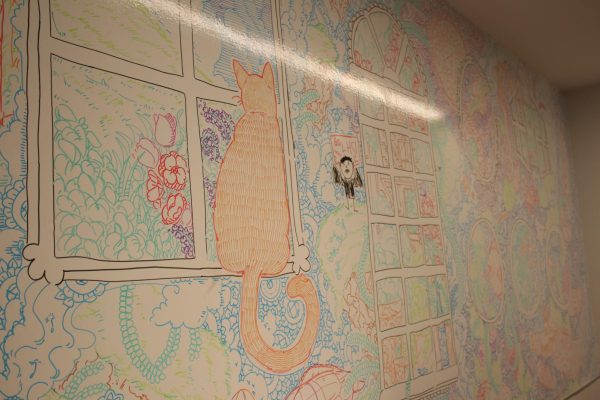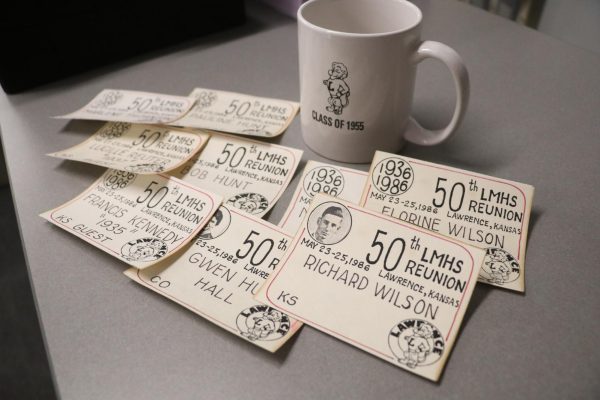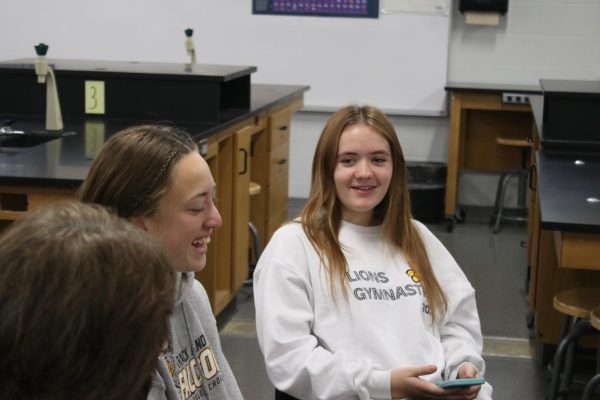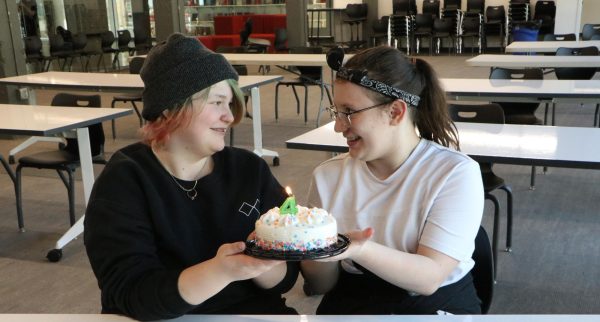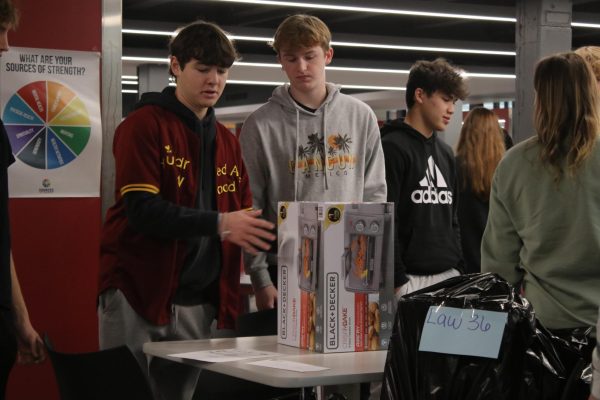Plant and Animal Science classes bring the farm to school
Students learning to care for chicks, rats, and bunnies during class
November 16, 2022
The new Plant and Animal Science teacher Rachel Landers has brought the farm to the classroom this year with a hands-on, animal-focused curriculum.
Plant and Animal Science is a year-long class that studies animals in the fall and plants in the spring. While the previous teacher, Sheryl Cleavinger, focused mostly on studying plants, Landers has brought baby rats and chicks into the classroom this fall.
“It’s way different from what the teacher last year would’ve taught. I don’t think she would’ve brought in live animals or kept them in the classroom,” student Bryndal Hoover said.
The chicks were brought in as eggs from Landers’ farm, and since then the students have been taking care of them.
“They were in an incubator, and we were seeing them hatch slowly but surely,” Hoover said.
They have also been raising the baby rats ever since they were weaned.
“When they first got here they were really shy,” student Katelyn Rivers said. “We’ve been doing obstacle courses and getting them used to us and human interactions.”
The whole class gets to take turns holding the rats, playing with them, and training them, all of which is designed to keep the rats healthy and develop animal husbandry skills. The students are responsible for their health and nutrition as well as their mental stimulation.
“I’m 100% an animal person,” Hoover said. “I think I’ve learned a lot more in this class being more hands-on, and so learning how the body and digestive systems work and should be handled is really helpful.”
For some students, Landers’ class is a fun time to interact with different animals and play with them, and for others it’s a launching pad for their careers in agriculture.
“We are very CTE (career technical education) focused, which helps students learn basic skills and be comfortable working with animals, taking them to the next level for jobs or college,” Landers said.
Her curriculum is designed to familiarize students with common livestock as well as agricultural pests to prepare them for further studies in college and for agricultural careers.
Instead of focusing solely on farm animals, Landers has spent a significant amount of class time working with the rats in order to familiarize students with the most common barnyard pest.
“So many people have only dealt with rodents as skittering things,” Landers said. “It demystifies them so if they ever see signs of rodents, they know what they are.”
While the rats serve as a comfortable starting point for animal husbandry, Landers has plans to bring in other animals in future units.
“It’s all agriculture, but we want to explore different careers,” Landers said. “Whatever is appropriate to bring into school is good to do.”
Most of her class is excited to study other animals that they can interact with even more than rats.
“I’m really excited for studying other animals later on in the year,” Rivers said. “I like learning about animal anatomy and how they behave.” For Rivers, this class is an opportunity to learn about more animals and expand her skills with them.
Even for students who don’t plan to have a career in animal science or agriculture, Landers’ class is fun for everyone.
“It’s animals, I love it,” Landers said. “This is what we do.”



